CSS Igniter Struct WordPress Theme
$49.00 Original price was: $49.00.$4.49Current price is: $4.49.
- Very cheap price & Original product !
- We Purchase And Download From Original Authors
- You’ll Receive Untouched And Unmodified Files
- 100% Clean Files & Free From Virus
- Unlimited Domain Usage
- Free New Version
- License : GPL
- Product Version : 1.3.2
Last updated on : August 12th, 2024
DOWNLOAD NOW!
This and 3000+ plugins and themes can be downloaded as a premium member for only $15. Join The Club Now!CSS Igniter Struct WordPress Theme
The CSS Igniter Struct WordPress Theme is a versatile and modern theme designed to create professional websites with a clean and minimalist design. Suitable for a variety of applications such as business websites, portfolios, and personal blogs, Struct provides a flexible framework to showcase content effectively. This guide provides a detailed overview of Struct’s key features, setup instructions, and best practices to help you make the most of this theme.
Key Features of CSS Igniter Struct WordPress Theme
1. Minimalist and Professional Design
- Clean Aesthetics: Struct features a minimalist design with a focus on clean lines, ample white space, and modern typography. This design approach ensures that your content stands out and provides a professional look.
- Customizable Layouts: The theme includes various layout options that can be customized to fit different types of websites, including business sites, portfolios, and blogs.
2. User-Friendly Page Builder
- Integration with Elementor: Struct integrates seamlessly with Elementor, a popular drag-and-drop page builder, allowing you to design and customize your pages with ease.
- Pre-Built Templates: Utilize pre-designed Elementor templates to quickly set up and personalize your site, streamlining the design process.
3. Versatile Content Display
- Portfolio and Gallery: Struct offers multiple portfolio and gallery layouts to effectively showcase your projects, images, and media.
- Blog Layouts: Choose from various blog layouts to present your posts in an engaging and organized manner.
4. WooCommerce Integration
- E-Commerce Ready: The theme is fully compatible with WooCommerce, enabling you to set up an online store and sell products or services directly from your website.
- Customizable Product Pages: Customize product pages to include detailed descriptions, high-quality images, and customer reviews for an enhanced shopping experience.
5. SEO Optimization
- SEO-Friendly Structure: Designed with SEO best practices to improve your site’s visibility in search engine results and attract more organic traffic.
- Schema Markup: Includes schema markup to enhance search engine listings with rich snippets for blog posts, products, and portfolio items.
6. Custom Widgets and Sidebars
- Custom Widgets: Add functionality to your site with custom widgets for recent posts, popular items, social media links, and more.
- Flexible Sidebars: Create and manage multiple sidebars for different sections of your site to display relevant content.
7. Translation and Multilingual Support
- WPML Compatibility: Fully compatible with WPML, allowing you to create a multilingual site and reach a global audience.
- Translation Ready: Includes translation files to facilitate easy localization into different languages.
8. Performance Optimization
- Fast Loading Times: Designed to ensure quick loading speeds, enhancing the user experience and improving site performance.
- Clean Code: Developed with optimized, clean code to improve site performance and reduce load times.
9. Comprehensive Documentation and Support
- Detailed Documentation: Access thorough documentation to guide you through the theme’s features, setup, and customization.
- Customer Support: Benefit from CSS Igniter’s support team for assistance with any issues or questions related to the Struct theme.
How to Set Up CSS Igniter Struct WordPress Theme
1. Installation and Activation
- Download the Theme: Purchase and download the Struct theme from the CSS Igniter website.
- Install the Theme: Go to Appearance > Themes > Add New in your WordPress dashboard, upload the theme file, and activate it.
2. Import Demo Content
- One-Click Import: Utilize the one-click demo import feature to quickly set up your site with demo content. Navigate to Appearance > Import Demo Data and follow the instructions.
- Customize Demo Content: Replace demo content with your own text, images, and media to personalize your site.
3. Customize Your Site
- Use Elementor: Access Pages > Edit with Elementor to customize page layouts and content using the drag-and-drop builder.
- Theme Customizer: Go to Appearance > Customize to adjust site settings such as colors, fonts, and layout options.
4. Configure Widgets and Menus
- Add Widgets: Navigate to Appearance > Widgets to configure and add widgets to sidebars and footers.
- Create Menus: Go to Appearance > Menus to create and manage navigation menus.
5. Optimize Your Site
- SEO Configuration: Install and configure SEO plugins to optimize your content and improve search engine rankings.
- Performance Testing: Use performance testing tools to check loading speeds and make necessary optimizations to enhance user experience.
6. Launch Your Site
- Review and Test: Ensure that all features, including portfolio items, product pages, and blog posts, are functioning correctly.
- Publish: Once you’re satisfied with the setup and customization, publish your site and start engaging with your audience.
Best Practices for Using Struct Theme
1. Maintain a Consistent Design
- Uniform Customization: Use the WordPress Customizer and Elementor to maintain a consistent design across your site, including color schemes, typography, and layout styles.
- Consistent Branding: Ensure that your branding elements are applied uniformly to create a cohesive and professional appearance.
2. Optimize for Performance
- Optimize Media: Compress images and media files to improve loading speeds and overall site performance.
- Minimize Plugins: Use a minimal number of plugins to avoid conflicts and reduce site bloat.
3. Enhance SEO
- Optimize Content: Ensure that all content, including blog posts, portfolio items, and product pages, is optimized for search engines with appropriate keywords and metadata.
- Implement Schema Markup: Use schema markup to enhance search engine listings with rich snippets.
4. Focus on User Experience
- Simplify Navigation: Design intuitive navigation menus to help users easily find information about services, projects, and contact details.
- Ensure Mobile Optimization: Regularly test your site on mobile devices to ensure a positive user experience on all screen sizes.
5. Keep Your Site Updated
- Regular Updates: Keep the theme, plugins, and WordPress installation up to date to ensure compatibility and security.
- Backup Your Site: Regularly back up your site to prevent data loss and facilitate quick recovery if needed.
Common Issues and Troubleshooting
1. Theme Display Issues
- Check Compatibility: Ensure that the theme is compatible with the latest version of WordPress and other plugins.
- Resolve Plugin Conflicts: Deactivate plugins to identify and address any conflicts affecting the theme’s display.
2. Performance Problems
- Optimize Media: Compress images and media files to enhance loading speeds.
- Address Speed Issues: Use performance testing tools to identify and resolve any speed-related problems.
3. WooCommerce Integration Issues
- Verify Product Pages: Ensure that product pages are displaying correctly and that all product information is accurate.
- Check Payment and Shipping: Confirm that payment gateways and shipping options are functioning properly.
Conclusion
The CSS Igniter Struct WordPress Theme provides a sophisticated and flexible solution for creating a variety of professional websites. Its minimalist design, customizable features, and seamless integration with Elementor make it an excellent choice for business sites, portfolios, and blogs.
By following the setup instructions and best practices outlined in this guide, you can effectively utilize the Struct theme to build a polished and functional website that meets your needs and resonates with your audience. Whether you’re launching a new site or revamping an existing one, Struct offers the tools and features necessary to deliver a compelling online presence.
Be the first to review “CSS Igniter Struct WordPress Theme” Cancel reply
Related products
BUSINESS
Astra
BuddyPress


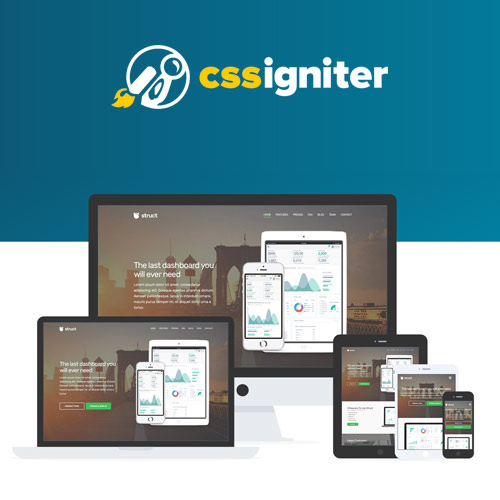



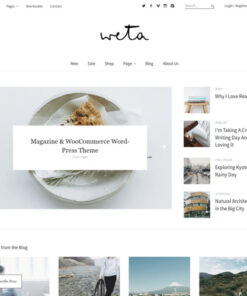

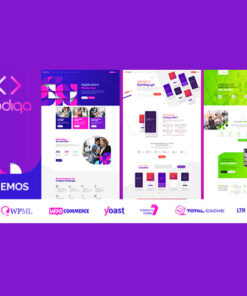

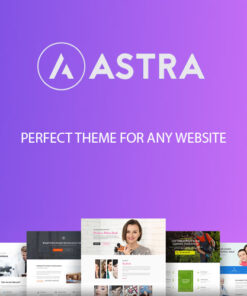
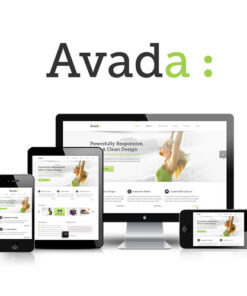
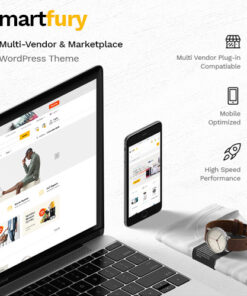
Reviews
There are no reviews yet.